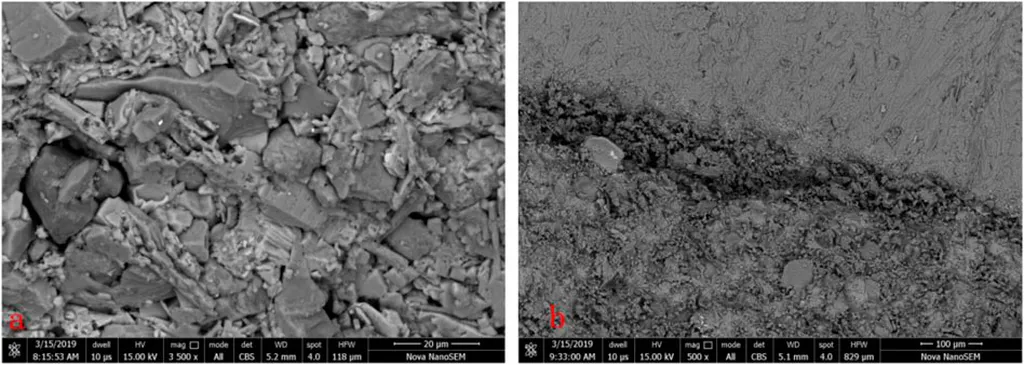In the quest to mitigate climate change, carbon capture and storage (CCS) has emerged as a critical technology, and a recent study published in the journal *Petroleum Geophysical Experiment* sheds new light on the self-sealing mechanisms of caprocks and fractures during CO2 geological storage. This research, led by Bing Zhou from the SINOPEC Petroleum Exploration and Production Research Institute in Beijing, offers valuable insights that could significantly impact the energy sector’s approach to CCS.
The study systematically reviews existing literature to understand how caprocks and fractures behave when CO2 is injected underground. Caprocks are impermeable layers that seal CO2 in underground reservoirs, preventing it from escaping. The research indicates that CO2 injection is unlikely to breach relatively thick caprocks in the short term. Even if the directly overlying caprock is compromised, CO2 can be secondarily trapped and sealed by multi-layered caprock systems.
“Our findings suggest that the mechanisms of caprock self-sealing are multifaceted,” explains Zhou. “These include self-sealing due to the injection of supercritical-phase CO2 into confined spaces, mechanical self-sealing resulting from rock pore structure compression or particle migration, and self-sealing induced by chemical reactions.”
The study also highlights that fractured or faulted systems tend to develop self-sealing over time under the influence of fluid and rock interactions post-CO2 injection. Low CO2 flow rates and small fracture apertures are identified as key factors in this process. However, the dynamic quantitative effects of CO2 physical diffusion and chemical reactions on caprocks and fractures over time still require further investigation.
This research is particularly relevant for the energy sector, as it provides a deeper understanding of the long-term stability of CO2 storage sites. “The dynamic process of CO2 geological storage is complex and involves multiple spatiotemporal scales, various research methods, and multiple coupled factors,” Zhou notes. “Our review shows that research in this area is evolving towards a more systematic approach, integrating these elements.”
The implications for the energy industry are substantial. As companies increasingly invest in CCS technologies to meet emissions reduction targets, understanding the self-sealing mechanisms of caprocks and fractures can enhance the safety and efficiency of CO2 storage projects. This knowledge can inform better site selection, injection strategies, and monitoring practices, ultimately reducing the risks and costs associated with CCS.
Moreover, the study’s findings could pave the way for innovative solutions in the field. For instance, the identification of self-sealing mechanisms could inspire new technologies designed to enhance the sealing capacity of caprocks and fractures, further ensuring the secure and long-term storage of CO2.
As the world continues to grapple with the challenges of climate change, research like Zhou’s offers a beacon of hope. By unraveling the complexities of CO2 geological storage, scientists and engineers can develop more robust and effective strategies to mitigate greenhouse gas emissions, ultimately contributing to a more sustainable energy future.

